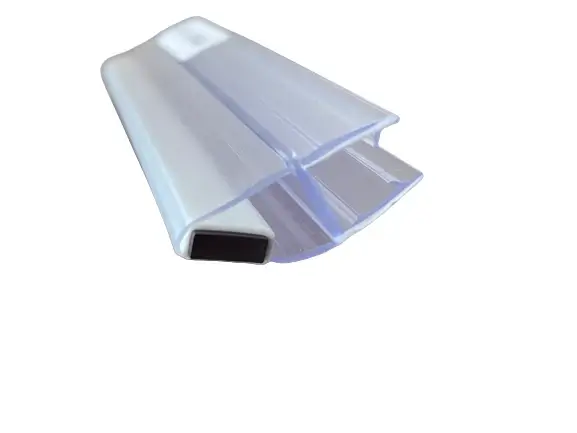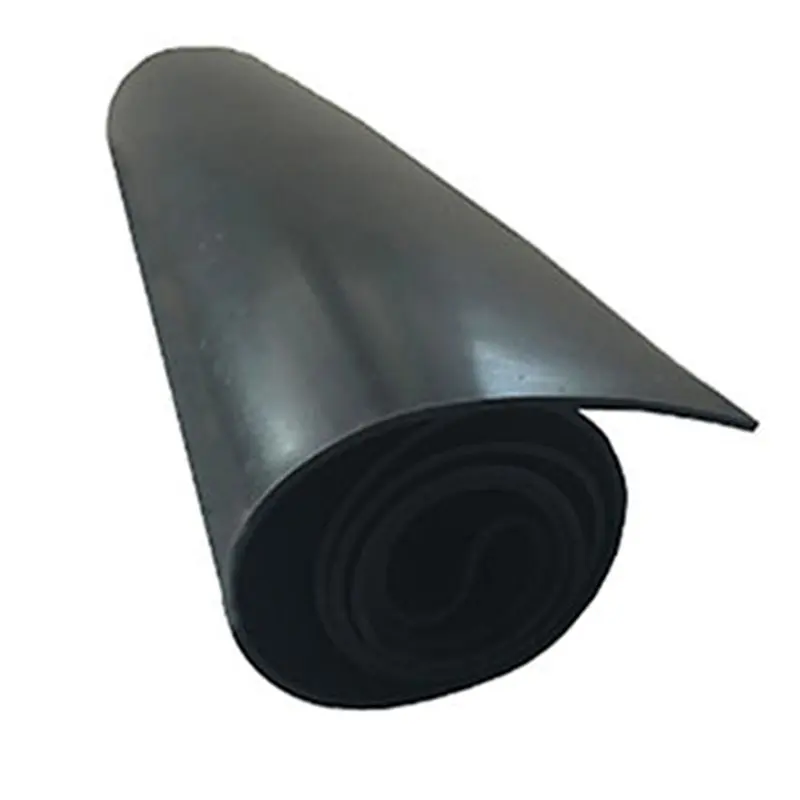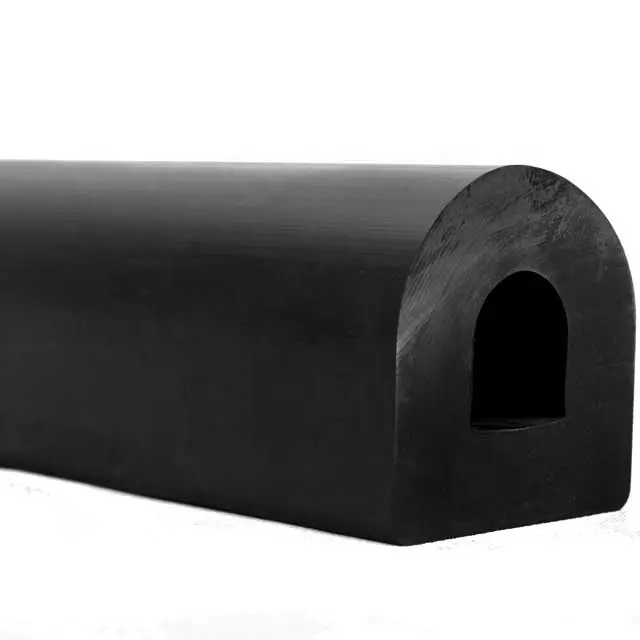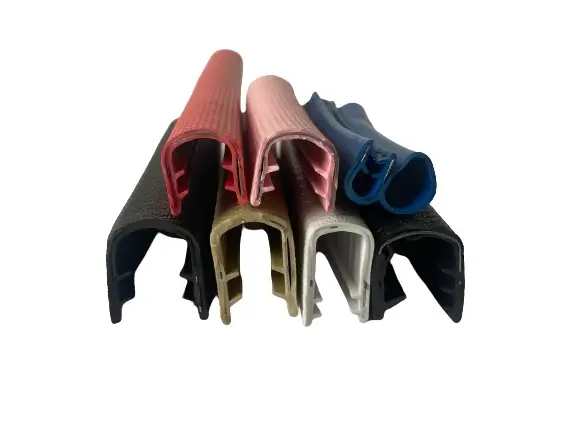Sep . 21, 2024 11:25 Back to list
sealing strip
The Importance of Sealing Strips in Modern Applications
Sealing strips, often regarded as the unsung heroes of various industries, play a critical role in ensuring the efficiency and safety of countless products and structures. From homes to vehicles and industrial machinery, these simple yet effective components contribute significantly to insulation, noise reduction, and moisture prevention. In this article, we will explore the different types of sealing strips, their applications, and the immense advantages they offer.
Sealing strips, also known as weatherstripping or sealing gaskets, come in various forms and materials, each tailored to specific needs. Common materials include rubber, silicone, foam, and PVC. The choice of material often depends on the environment and conditions the sealing strip will face. For example, silicone strips are highly resistant to temperature fluctuations and UV light, making them suitable for outdoor applications. On the other hand, rubber strips provide excellent sealing properties and durability, making them ideal for both residential and commercial doors and windows.
One of the most common applications of sealing strips is in residential buildings. Homeowners use them to prevent drafts and air leaks around windows and doors, leading to improved energy efficiency. By sealing these gaps, heating and cooling systems can operate more efficiently, ultimately reducing energy bills and carbon footprints. Moreover, sealing strips also serve to enhance indoor comfort by minimizing noise from outside, making homes quieter and more serene.
sealing strip

In the automotive industry, sealing strips are indispensable. They are used to line doors, trunks, and hoods, ensuring that vehicles remain airtight and watertight. This not only protects the vehicle's interior from rain and dirt but also contributes to the overall performance of the vehicle by maintaining a consistent cabin pressure and reducing wind noise during operation. Additionally, high-quality sealing strips can play a crucial role in enhancing safety by preventing the entry of harmful substances.
Industrial applications also heavily rely on sealing strips. Machines often operate under extreme conditions and are prone to wear and tear. Sealing strips help protect sensitive components from contamination by dust, dirt, and moisture. For instance, in manufacturing settings, sealing strips can be used in equipment to maintain optimal performance and longevity, thus reducing downtime and maintenance costs.
Beyond functional applications, sealing strips can also contribute to aesthetics. In modern design, they are often employed in a manner that complements the visual appeal of products and structures. Whether it’s a sleek car design or a well-finished home, sealing strips provide a clean transition that enhances the overall look.
In conclusion, the significance of sealing strips cannot be underestimated. They serve multiple crucial functions across various industries, from improving energy efficiency in homes to ensuring the durability of vehicles and machinery. As technology and materials advance, the design and functionality of sealing strips will continue to evolve, further augmenting their role in enhancing performance and comfort. Whether you are a homeowner, a car enthusiast, or an industrial operator, recognizing the importance of sealing strips will help you appreciate their contribution to everyday life.




